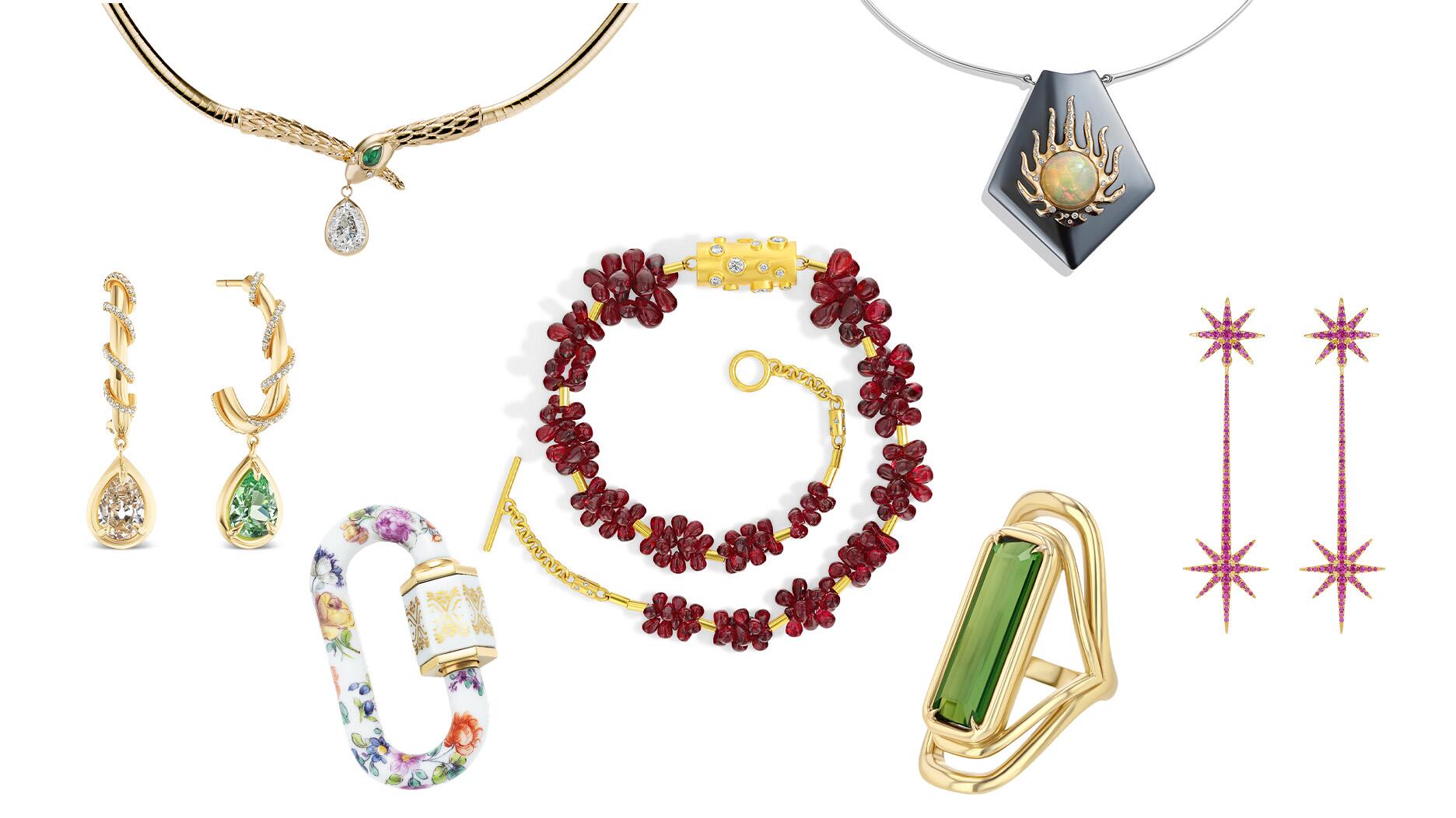It purchased the “Grosse Pièce,” an ultra-complicated Audemars Piguet pocket watch from the ‘20s, for a record-breaking price at Sotheby’s.
Whose fault is it anyway?
I was on the phone Tuesday morning with someone in the industry who mentioned that he had recently seen a live stage version of Whose Line Is It Anyway?, a British radio-cum-TV improvisational sketch comedy show that also had a run in the United States.
For those who haven’t seen it, the show involves four performers who participate in various improv games that are then scored by a host, though the points don’t mean anything and there aren’t any real prizes.
While no one except its creators know the exact origin of the show’s name, my guess would be it was called Whose Line Is it Anyway? because improve can get chaotic, leaving performers to look at each other and wonder, whose turn is it to keep this sketch going?
The diamond industry currently finds itself running up against a similar question mark when it comes to pricing. Rough prices are higher than they should be, polished demand is sluggish and many manufacturers in the middle can’t make money.

Shortly after my piece on the Indian diamond industry ran Tuesday, a colleague forwarded me an excellent guest blog by Sanjay Kothari, the former multi-term chairman of India’s Gem & Jewellery Export Promotion Council (GJEPC), that was published on a site called GemKonnect. GemKonnect is headed by Vinod Kuriyan, a journalist who has covered the industry for a long time and is extremely knowledgeable.
For those of you who are unaware, Kothari’s post goes a long way toward explaining why the price of rough diamonds has continued to go up even as polished prices have dropped and global demand for diamond jewelry has slowed.
Kothari writes that while many seek to blame the diamond mining companies, much of what ails the industry has to do with the “shortsighted business models” of the diamond cutting and polishing companies.
They, as Kothari writes and others have told me, have been buying overpriced rough and selling it at, in Kothari’s words, “laughably low prices” without caring. They just want to show turnover so they can continue getting credit from the banks, which they then sink into other industries (real estate, the stock market, etc.) that make them money.
So whose fault is that, then?
Like Kothari, I don’t put the lion’s share of the blame on De Beers, or any of the other mining companies for that matter.
What is something, anything, worth, be it a handbag, a car or a diamond? The answer is, whatever people are willing to pay for it.
Diamond cutting and polishing companies are
De Beers is a business. De Beers is not your friend.
What’s more, De Beers is not the De Beers of years gone by. The Oppenheimer family sold their stake in the diamond mining company in 2012 and De Beers is now one piece of a large public company, Anglo American. Anglo, like every public company on the planet, answers to its shareholders and De Beers is its most profitable subsidiary. Anglo’s going to do what it can to keep it that way.
That being said, I also agree with Kothari that the mining companies aren’t completely blameless in this scenario. They, like the cutters and polishers, are risking the long-term health of the industry for short-term gain.
Kothari offers a very common sense solution to the problem though it involves something that is not, shall we say, one of the diamond industry’s strong suits: working together.
Kothari suggests having all players in the industry pitch in to promote diamonds, thus helping alleviate the drop in demand; having all the mining companies cut back on mine output; and having diamond manufacturers cut back on the amount of rough they buy.
It seems that everyone in this situation shares a bit of the blame, so it’s only right that everyone step up to keep the show going.
The Latest

Sponsored by Digital Monitoring Products

The boutique is slated to open this week inside Terminal 8, offering pre-owned Rolex watches and more to international travelers.

How Jewelers of America’s 20 Under 40 are leading to ensure a brighter future for the jewelry industry.

The lab-grown diamond grower now offers custom engagement and fashion jewelry through its Kira Custom Lab Jewelry service.


The special-edition egg pendant ingested in a New Zealand jewelry store was recovered after a six-day wait.

The “Love and Desire” campaign is inspired by the magic that follows when one’s heart leads the way, said the brand.

Roseco’s 704-page catalog showcases new lab-grown diamonds, findings, tools & more—available in print or interactive digital editions.

Two awardees will receive free tuition for an educational course at the Swiss lab, with flights and lodging included.

Berta de Pablos-Barbier will replace Alexander Lacik at the start of January, two months earlier than expected.

Sotheby’s held its first two jewelry sales at the Breuer building last week, and they totaled nearly $44 million.

Winners will receive free registration and lodging for its fourth annual event in Detroit.

Here are six ideas for making more engaging content for Instagram Reels and TikTok, courtesy of Duvall O’Steen and Jen Cullen Williams.

The honorees include a notable jewelry brand, an industry veteran, and an independent retailer.

Carlos Jose Hernandez and Joshua Zuazo were sentenced to life without the possibility of parole in the 2024 murder of Hussein “Sam” Murray.

Yood will serve alongside Eduard Stefanescu, the sustainability manager for C.Hafner, a precious metals refiner in Germany.

The New Orleans jeweler is also hosting pop-up jewelry boutiques in New York City and Dallas.

Set in a Tiffany & Co. necklace, it sold for $4.2 million, the highest price and price per carat paid for a Paraíba tourmaline at auction.

The jeweler’s “Deep Freeze” display showcases its iconic jewelry designs frozen in a vintage icebox.

Take luxury gifting to new heights this holiday season with the jeweler’s showstopping 12-carat sphene ring.

This year's theme is “Unveiling the Depths of the Ocean.”

In its annual report, Pinterest noted an increase in searches for brooches, heirloom jewelry, and ‘80s luxury.

Starting Jan. 1, customers can request the service for opal, peridot, and demantoid garnet.

The 111-year-old retailer celebrated the opening of its new location in Salem, New Hampshire, which is its third store in the state.

The new catalog features its most popular chains as well as new styles.

The filmmaker’s personal F.P. Journe “FFC” prototype was the star of Phillips’ recent record-setting watch auction in New York.

The new location in the Design District pays homage to Miami’s Art Deco heritage and its connection to the ocean.


























